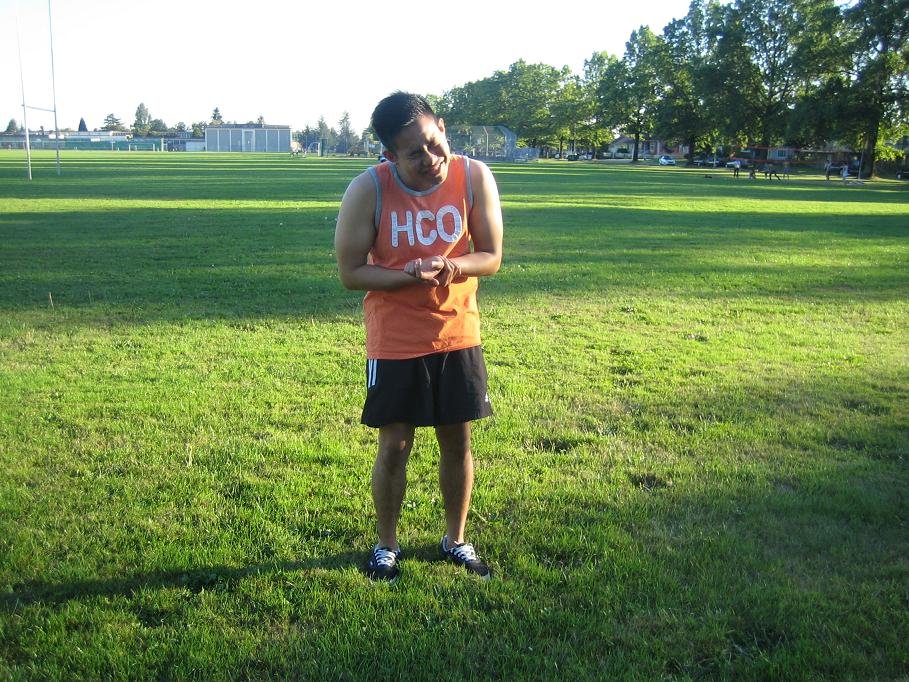Overview
Splinters are bits of metal, glass, wood or other materials that get wedged underneath the skin. Splinters tend to be painful if they are wedged deep beneath the skin. Those positioned near the top of the skin are generally painless. Get rid of splinters so they lead to an infection.
Prevention of splinters
- Wear shoes when you are outside.
- Varnish, sand and/or paint handrails to avoid getting splinters.
- Make sure all metal shavings and broken glass around the house is picked up. Be cautious when you touch broken glass.
- When handling plants with thorns or spikes, make sure you wear protective gloves.
- Make certain you have had all your tetanus injections.
First aid procedures
To get rid of the splinter:
- Rinse your hands, but don’t let the region surrounding a wooden splinter get damp. A splinter made from wood that becomes damp will swell. This will make it more difficult to remove.
- Place tweezers in hot water or place over a flame so it can be sterilized.
- Softly pull the fragment that is sticking out through the skin. The splinter should easily come out.
- If the splinter is submerged underneath the skin, sterilize a needle and gradually split the skin. Lift the skin and use a tweezers to gently pull it out.
- Look to see that the entire splinter is out. If not, redo the first aid steps again.
- You can also saturate the skin twice per day. Take some baking soda (about one teaspoon) in a cup of hot water and damp the affected region. The splinter should easily pop out after a few days.
- Rinse the wound by cleaning with soap and warm water. Pat it dry with a fresh cloth and place an antiseptic bandage over the area.
Related Video
FACT CHECK
https://www.emedicinehealth.com/splinters/article_em.htm

